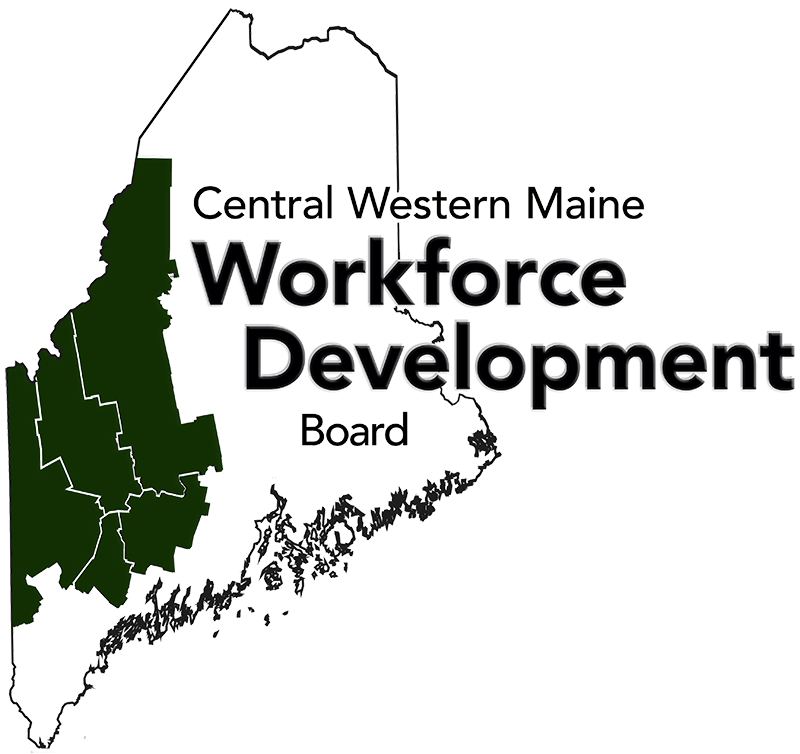LABOR MARKET INFORMATION – LMI
§ 678.435 What are the business services provided through the one-stop delivery system, and how are they provided?
In keeping with § 678.435 and our upcoming 2022 Local Plan and our 2016 Local Plan, the local workforce area provides labor market information for workforce development and training purposes ONLY using intermediary sources and in conjunction with our Service Provider, who refers out all economic development questions.
The local workforce region is comprised of employers (businesses) and employees that participate in the labor force and those who do not participate in the labor force. We focus on providing analysis of private sector sourced consumer market information that is not available from other government entities for in-demand industry sectors and occupational pathways. We supplement basic government information with experienced workforce information to better develop employment and training programs for our area that we operate in partnership with our Service Provider and the AJC Career Center system. This is because providing the same information such as free government Census data would be unnecessary in the age of technology and a duplication of service perhaps not needed at all.
As a workforce information and business assistance recruitment tool, we utilize much more advanced methods than are usually available to individuals or small and medium sized businesses in a rural area, including Claritas Prizm and Conexions consumer market segmentation reports by zip. These tools help employers understand their workforce and build both the training and recruitment programs needed with our Service Provider. They help individuals understand the behaviors of the workforce in their local area which is vastly different in each region in Maine. Many other disciplines use intermediary systems and methods, like IMPLAN, designed by the federal forestry service, but used decades later by workforce planners, to forecast and run models. These tools provide in demand labor, housing, industry, commerce and occupational analysis to many people for free that otherwise would not receive such free information either from a government source or private one. Our Service Provider is an expert in LMI.
But even tools like IMPLAN have limits. They forecast well during stable times. Other sources help us together understand the workforce and to remedy labor force issues ahead of the problem within our region. It’s well known that a community and household approach to modeling is used in many disciplines such as public health planning, disaster mitigation, workforce contingency, risk management & workforce development. We track technology saturation by indices to help provide services in sync with the 14 Youth Elements and WIOA programs. We review household asset and saving trends as well as income data to provide recommendations on financial literacy needs in our region; Placer.ai cellular service traces foot and other traffic for pattern flow (not just counts) to place our career centers in the right places, and to help businesses look for workers in the right locations. Emsi allows us to run commercial profiles. Dun and Bradstreet risk reports educate us about which businesses in our region are pre-Warning Notice. Commercial credit card transaction patterns determine what kind of economy the region is currently experiencing to plan a firm’s workforce needs. We also specialize in hard-to-find government data such as from the IRS to provide value above just government sources and approaches. We use tools and training for many purposes to gather an understanding of the market permeability for a wide range of industries, includes whether or not a Workforce exists in the region by looking at the skill sets and consumer research. These are workforce development analyses methods that are sophisticated and new to a small market State like Maine. This is the mission of WIOA to replicate the highest and best practices across the nation.
We also rely on public information provided by Maine Department of Labor’s Center for Workforce Research and Information. CWRI compiles available publicly collected market information into Tableaux interactive geospatial data sheets.
Please don’t hesitate to contact us if you have any questions about economic and workforce development in our region.

